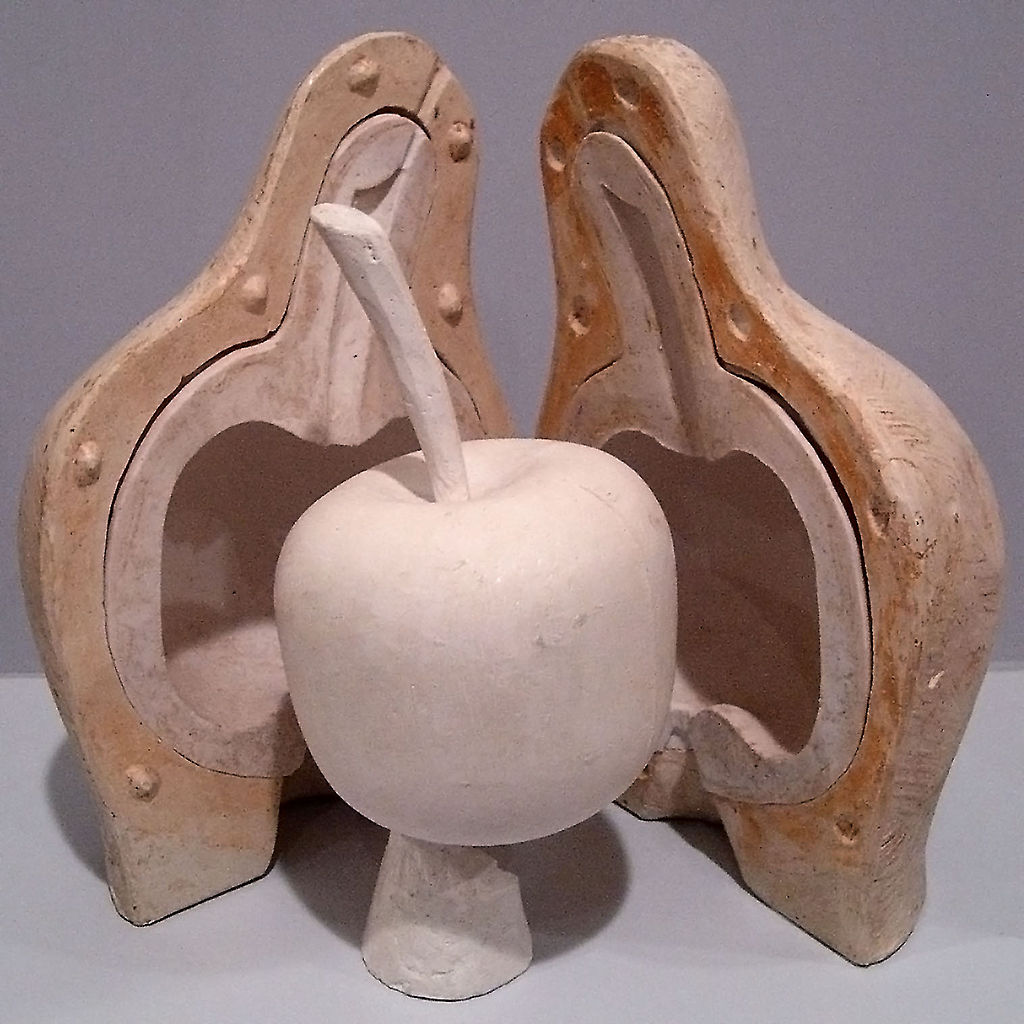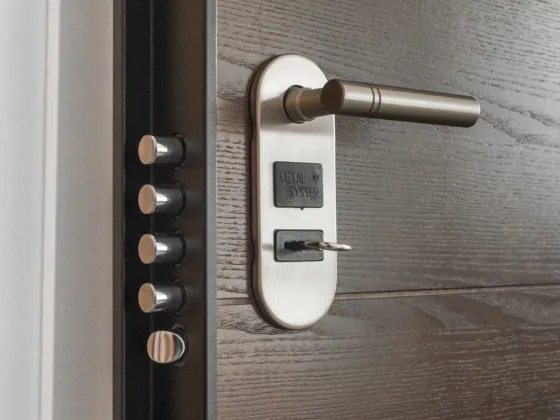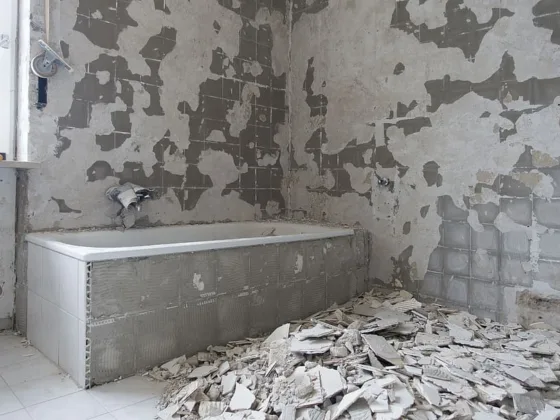Sometimes also referred to as ‘investment casting’, lost wax casting is a process that sees a single metal object cast using a wax model. The process is extremely versatile and allows the artists to achieve really detailed results.

What Exactly s Lost Wax Casting?
Lost wax casting sees a mold built around a wax model that is then sacrificed later on in the process.
Once the mold investment is in place and set, the wax is then melted away to create a cavity into which the glass or metal can go into. The method of casting is great for capturing really fine details in both glass and metal.
Lost wax casting is a process that has been used for many thousands of years (since 3000 B. C.) for the purpose of visually showing religious events or ancient culture throughout history.
What is the Process Used For?
The ancient process is still used around the world today for both making pieces of fine art and in the manufacturing process.
The high accuracy and precision that it delivers make it the perfect tool for producing objects that have close tolerances, intricate detailing, and/or thin walls.
It is used to create various parts for a whole range of different industries, including the medical industry, the agricultural industry, and the transportation industry.
The process allows for both really simple and highly complex objects to be made from a wide range of metals.
What Are the Steps Involved in The Process?
The most basic lost wax casting method involves a number of key steps. The first of these is creating a pattern and a mold and then pouring liquid metal into that mold.
Once set, the solid metal casting will need to be extracted and finished to get the desired result. It is a completely customizable process whereby different metals can be cast into various shapes, sizes, and more.
The steps involved in the process are detailed below, although some larger-scale lost wax casting processes may differ slightly.
- Tools and Materials – it is important to gather the correct tools and materials for the job. This may include things like safety gear, a torch, tongs, a heat gun, etc.
- Create A-Wax Model – the desired design needs to be created in wax form and then the mold built around it.
- Make The Mold – the mold is using a combination of silica and plaster for maximum support and refractory.
- Take Away the Wax – use a microwave to or some other heat-producing device to melt the wax out of the mold.
- Choose The Metal – decide what metal to use in order to get the desired look and finish of the final piece.
- Melt The Metal – depending on what metal is being used, the metal point will differ and will require a great amount of heat.
- Pour Into the Mold – once the metal has turned into liquid form, it needs to then be poured into the mold.
- Release The Cast – as soon as the metal has set and cooled adequately, it is then released from the cast.
- Finish The Piece – finally, it is finished using various scrubbing techniques in order to remove any excess mold material.










